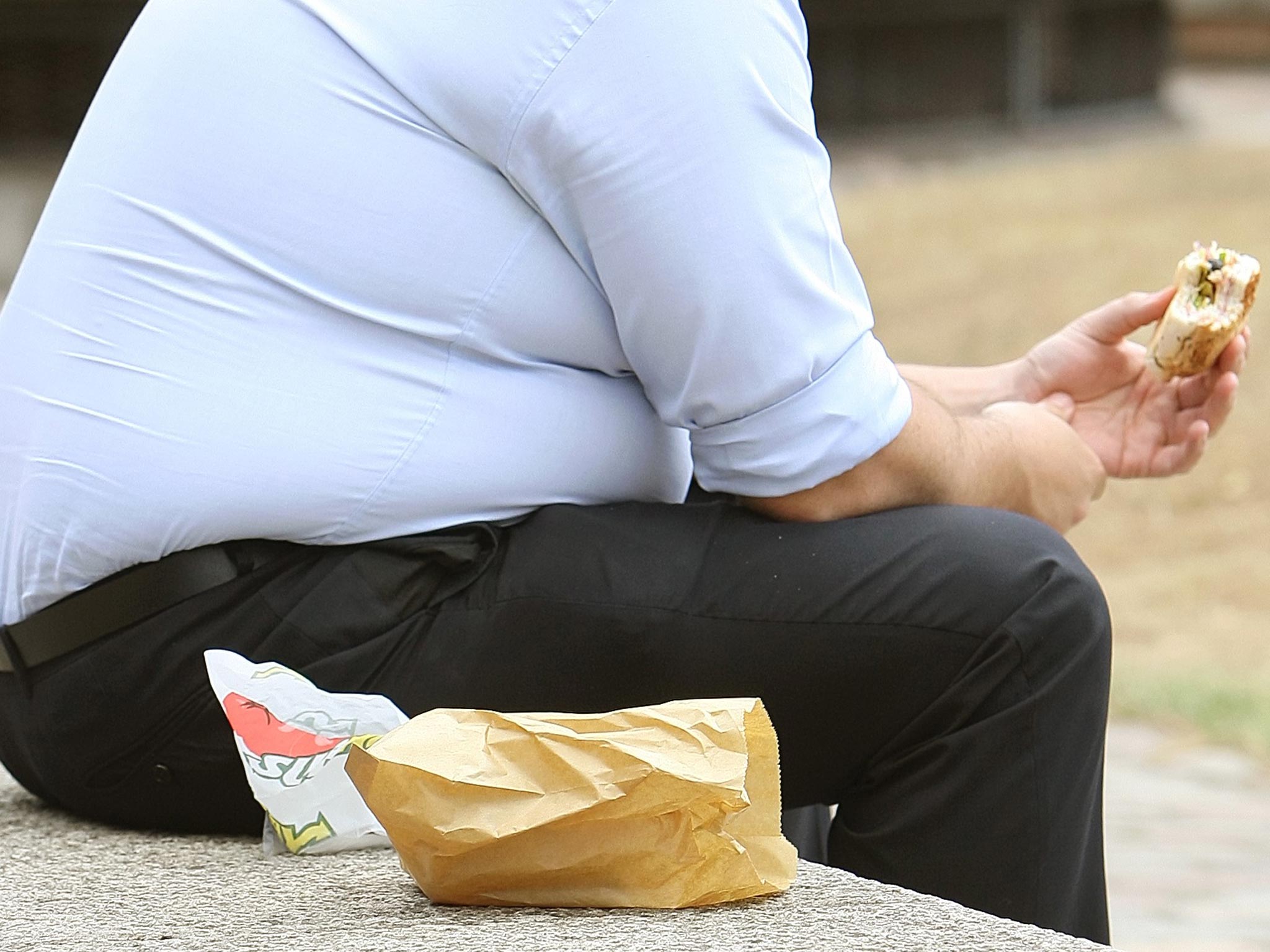People who live or work near takeaways 'twice as likely to be obese'
Research shows that those living or working near to 'clusters' of takeaway outlets were more likely to eat unhealthy food, challenging the notion that people’s diets were solely influenced by individual choice

Encountering too many takeaway outlets near our homes, workplaces and even on the daily commute to work could be increasing our risk of obesity, a study has shown.
In the latest piece of research to highlight the link between the ready availability of fast food in the UK and expanding waistlines, experts at the University of Cambridge found that we are exposed to, on average, 32 different takeaway options on a day-to-day basis.
Individuals in the study who were most exposed to temptation, either because their home or workplace is close to fast food outlets, or because there are many of them along their route to work, were almost twice as likely to be obese as the least exposed individuals.
One of the study’s authors, Dr Thomas Burgoine, of Cambridge’s Centre for Diet and Activity Research said that, for some people in the UK, a wide range of unhealthy food options in their neighbourhood challenged the notion that people’s diets were solely influenced by individual choice, and called for extra measures to tackle the boom in takeaway shops.
“All of us make our food purchasing decisions in an environmental context – no-one lives in a vacuum,” he told The Independent. “In the last 20 years food environments in our cities, towns and neighbourhoods have changed dramatically. Takeaway food outlets are now more accessible than they’ve ever been. What that means on a day-to-day basis is that we have a food environment in which it’s increasingly easy to make unhealthy food choices. Some people live in a place where it’s easier to make healthy choices than others. If the only health you have is an unhealthy choice that’s not really a choice.”
Previous studies have shown that low income groups are more likely to live near “clusters” of takeaway outlets. A number of local authorities have now taken action to restrict the number that open within a certain area, while others have placed bans on burger vans and other takeaway vendors operating near schools.
The Cambridge study, published in the British Medical Journal today, looked at the eating habits and weight of nearly 5,500 people who took part in a lifestyle study in 2011, and compared the results to information on the number of takeaway outlets in their area. Researchers estimated grams of daily takeaway consumption based on intake of burgers, pizza, fried chicken and chips. The group of people who were most exposed to fast food options consumed on average 5.7 grams more takeaway food than the least exposed group.
Health officials said that regular consumption of such foods, which tend to be high in salt and saturated fat, risked driving up calorie intake and increasing the risk of heart disease, diabetes and some cancers.
Dr Alison Tedstone, director of diet and obesity at Public Health England said the organisation was “working to help local authorities tackle the environmental causes of obesity.”
“We have produced guidance on the regulation of takeaway fast food outlets which provides local authorities with recommendations such as using fast food outlet exclusion zones in school areas. PHE also provides a range of tips to make healthier choices easier when eating out and from takeaways,” she said.
Subscribe to Independent Premium to bookmark this article
Want to bookmark your favourite articles and stories to read or reference later? Start your Independent Premium subscription today.

Join our commenting forum
Join thought-provoking conversations, follow other Independent readers and see their replies